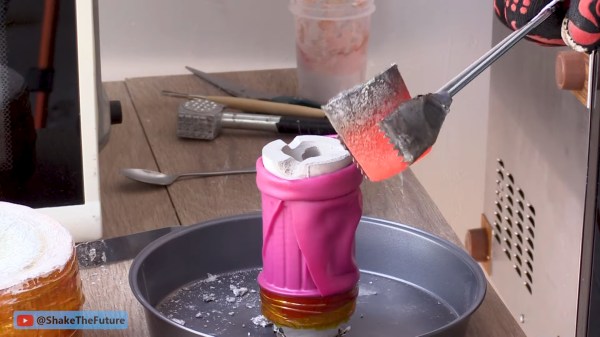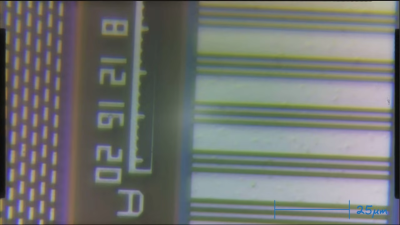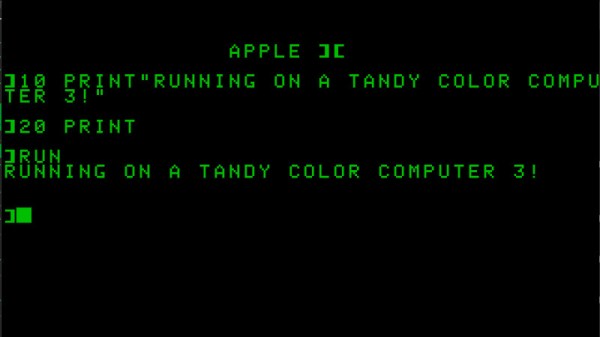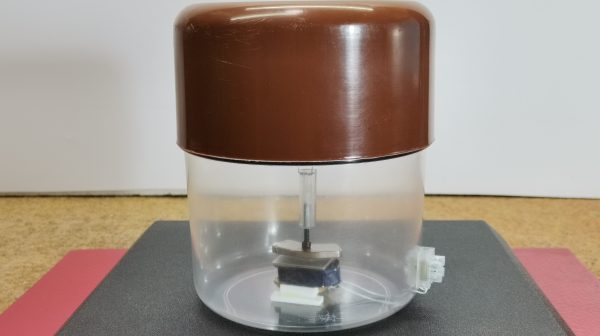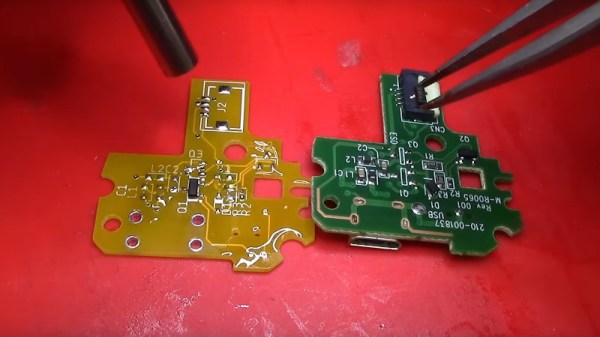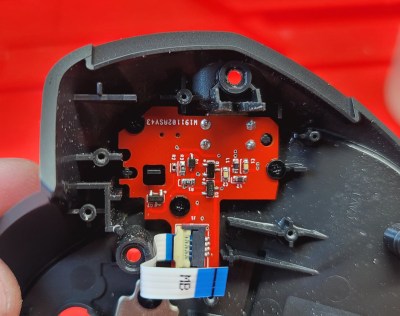Concluding a four-part repair-a-thon on a stack of Cybiko handheld computers, [Robert] over at Robert’s Retro covered the intricate details of fixing a last batch of four in a nearly one-hour long video. These devices, with their colorful transparent cases, are a great time capsule of the early 2000s. Even with their limited hardware, they provided PDA-like capabilities to teens years before smartphones were a thing, with features including music playback and wireless chat (albeit limited to recipients within 100 meters).
Of the four units covered in this video, they are all the original Cybiko Classic, with two each of the first and second revision, none of which were booting due to a bad Flash chip. Another issue was the dead rumble motors on them, which fortunately are the easiest to replace. One of the units also has a dead display, which did not get replaced this time around.

The flash chip replacement was a bit more of a headache, as these devices don’t just take any chip, mostly due to how much the system relies on the ready-busy line. This led [Robert] to replace the old 4 Mb AT45DB041 chips with the 16 Mb Atmel AT45DB161. Previously he had taken 1 MB chips from an expansion cartridge to replace more dead flash chips, so those were replaced with 2 MB chips.
With fresh flash in place, the next challenge was to get these written with a firmware image, with the v2 Cybiko units already having CyOS on the separate 256 kB Flash chip, but the v1 units relying on the single big Flash chip for all storage. Fortunately, an enterprising member of the community developed a tool to ease this ordeal by allowing a Cybiko unit in its serial dock to be flashed with no issues, other than the 2 MB Flash causing some issues as this was a previously unknown hardware configuration.
[Robert] now has four working Cybiko units, with one being headless due to the busted screen, and more room for apps on the 2 MB units than a 2000s teenager would have known what to do with.


